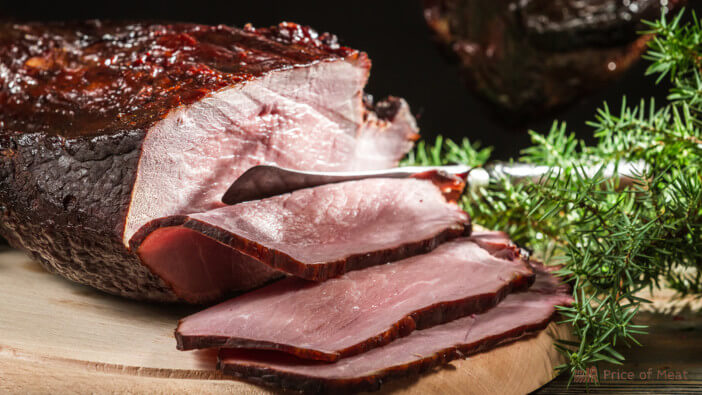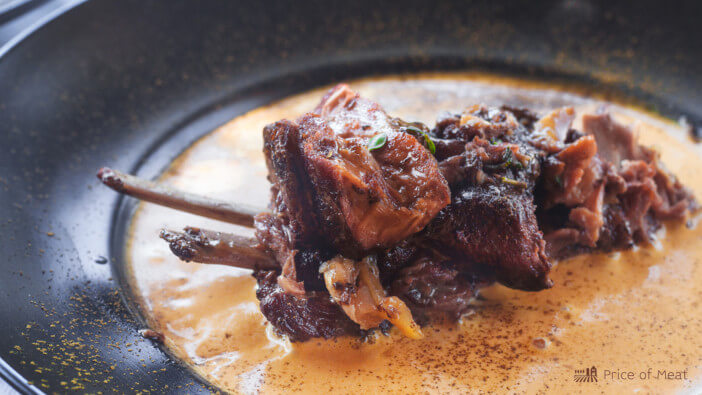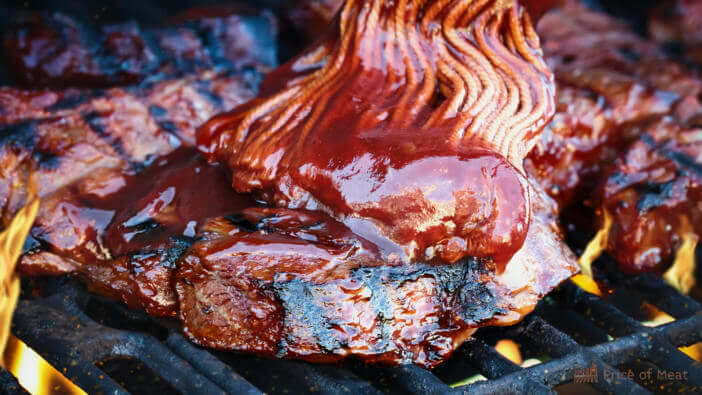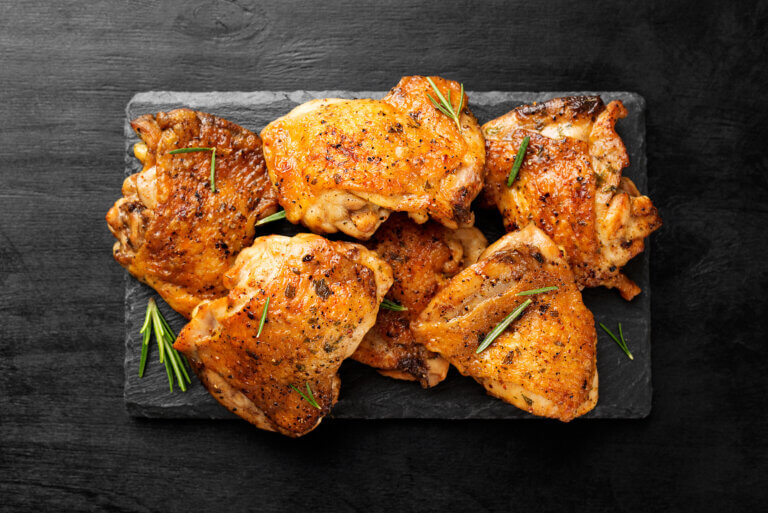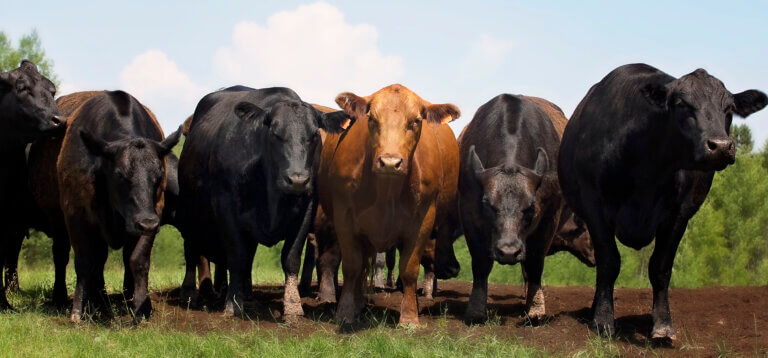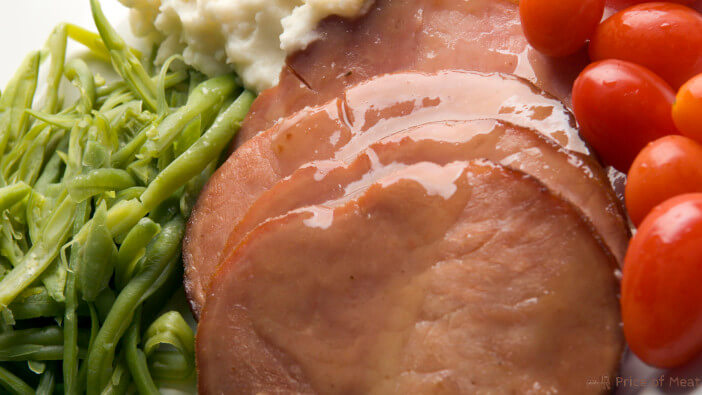2+ Key Differences Between Free Range and Pasture Raised Animals
Differences between free-range and pasture-raised animals lie in living conditions and feed choice. Pasture-raised animals roam freely and forage for natural food, while free-range animals are confined and fed quality pellets.
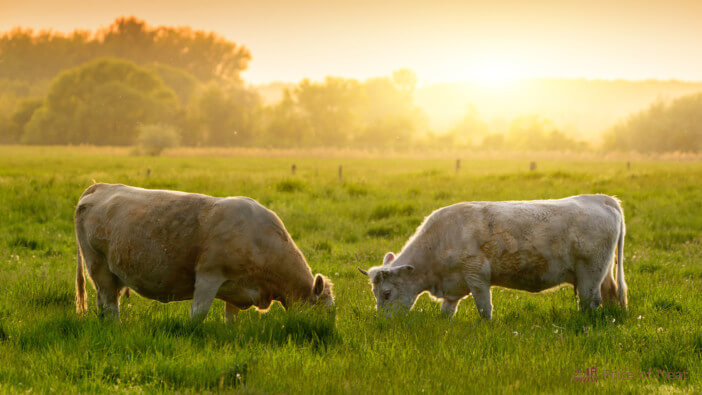
About 8 billion chickens are consumed in America each year. With so many different labels on store-bought chickens, it is often difficult to know which chicken options have the most nutritional value. So what are the key differences between free-range and pasture-raised animals?
Free-range chickens are kept in enclosures and might be allowed outdoors but cannot roam free. They are fed good quality chicken pellets with no stimulants. Pasture-raised chickens are outside all day, free to roam about. They forage for food and are fed alfalfa and yellow corn in winter.
Free-range and pasture-raised chickens live differently. Read on to find out what these differences are, which meat and eggs are more beneficial to eat, and some facts about other methods of raising poultry.
Disclosure: As an Amazon Associate, this site earns from qualifying purchases. Thank you!
The 2 Differences Between Free Range And Pasture-Raised Animals
The United States Department of Agriculture (USDA) only stipulates regulations for free-range poultry. But the Humane Farm Animal Care (HFAC) has a certified program for free-range and pasture-raised poultry, pigs, cattle, goats, and bison.
The 2 key differences between free-range and pasture-raised animals are their living conditions and what they are fed.
Living Conditions – Free-Range Vs. Pasture-Raised Animals
Below are the USDA regulations for poultry and the HFAC certification requirements for living conditions for livestock. The HFAC also approves how these animals are slaughtered.
Living Conditions of Free-Range Animals
Chickens that are free rage have some access to the outdoors. But this does not mean that they can roam around freely. They may be confined to small enclosures with cement floors, dirt, or small patches of grass.
The USDA does not stipulate how many hours free-range chickens must spend outside. However, the HFAC requires that the chickens be outside for at least 6 hours per day. They also require that these birds be given a space of 2 sq. ft. per bird in the enclosures.
Living Conditions of Pasture-Raised Animals
Pasture-raised chickens live in pastures that are as close to their natural way of living as possible. They have enough space to roam around, scratch for their own food and enjoy the benefits of the sun and outside air. They are outside all day, but the shade is provided either by trees or shaded coops.
Nesting boxes are provided for egg laying. At night they live in barns or are provided shelter where they can roost. The chickens are moved to a different pasture every two days so the land can rest and recover.
HFAC Approval For Housing Livestock
For livestock, the HFAC’s rules are that animals must be free to move around from birth to slaughter. They should be able to do the things they would do in natural environments. HFAC-approved animals must be outdoors for at least 6 hours per day, weather permitting. Farms and ranches are inspected to ensure that all the criteria are upheld before issuing the HFAC seal of approval.
Feeding – Free-Range Vs. Pasture-Raised Animals
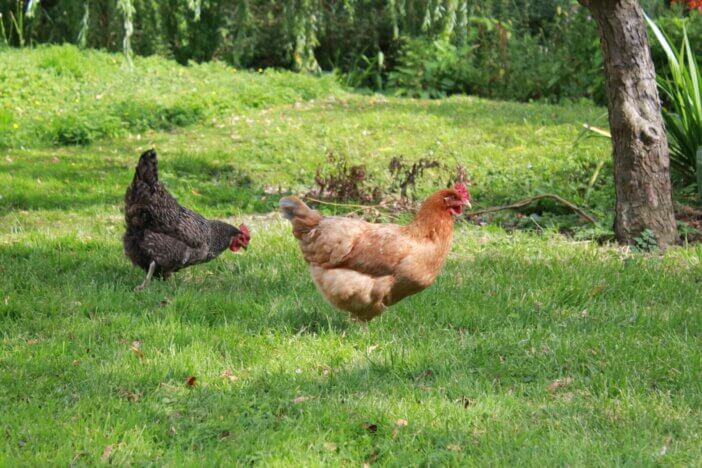
The regulations and certification rules for feeding these animals are as follows:
Feeding Free-Range Animals
Free-range chickens are fed supplemented feed in the form of pellets which they eat twice a day. To be HFCA approved, poultry and livestock should be fed good, qualify feed without any supplements such as growth hormones or antibiotics.
Feeding Pasture-Raised Animals
Pasture-raised chickens forage for their food and feed on worms, insects, grasses, legumes, and seeds off the land. When the food is scarce, like in the winter, they will be fed leafy-green alfalfa hay and cracked corn as a scratch. Hormonal supplements and antibiotics are not administered to pasture-raised animals.
HFCA Approved Slaughtering
To be approved by the HFCA, the slaughtering facility for poultry will be inspected. It must meet the Poultry Slaughtering Standards as set out by the HFCA. The slaughtering facility must meet the American Meat Institute (AMI) guidelines for livestock.
Frequently Asked Questions
Does Cage-Free Mean Pasture-Raised?
To understand the meaning of cage-free, you will need to know how birds that are caged are raised. Farmers who raise hens in conventional cages will have between 3 to eight birds in a cage. These cages protect the chickens from predators and parasites that live in the manure of these birds.
The farmers keep a close eye on the quality of the air, and they keep the birds healthy. But these chickens do not have the freedom to roam the outdoors where they can forage for food, bathe in the dust of the sand or walk around freely.
Then you get the enriched caged birds. Once again, the birds are housed in cages; this time, it can be up to 60 birds in a cage. However, the enclosures have perches, scratching areas, and nesting boxes. But they do not have any access to the outside. The rules allow these birds 1.25 square feet of space each.
Cage-free chickens have more space and can do things that chickens naturally do, such as nest, roost, and forage. But they live in large aviaries and may not be allowed to roam outside. The farmers will feed these birds natural foods, so they are not given any growth hormones or other stimulants.
On the other hand, pasture-raised chickens are allowed to roam free on the pasture where they have access to grass or other vegetation. They can perch and are given nesting boxes to lay their eggs. The rules are that each hen must have at least 108 square feet of outdoor pasture to roam free.
These chickens feed on worms, seeds, grubs, and other insects that the land will provide. Pasture-raised birds are raised as close to nature as possible. They feel the sunshine on their bodies, breathe in the air, and are free to socialize with the other chickens. The chickens sleep in a barn at night for protection against predators.
Are Pasture-Raised Eggs Healthier Than Free-Range?
A study by the State University of Pennsylvania found that pasture-raised hens laid eggs that are more beneficial to eat than those laid by free-range hens. This is because they only eat off the land or are fed alfalfa hay or cracked corn. Whereas free-range hens are fed chicken pellets twice a day.
Pasture-raised eggs have much more omega-3 fatty acids and more than three times the amount of Vitamins D, and E. Eggs that are pasture raised also contain seven times more of the beta-carotene nutrient than free-range eggs. The alfalfa and yellow corn that pasture-raised hens are fed during winter are rich in beta-carotene (BC).
The BC nutrient has antioxidant properties and is found in the yolk of an egg. The antioxidant properties affect the pigmentation of the yolk and also block the deterioration of eggs. So, chickens, as with humans, are as healthy as what they eat!
What Is The Difference Between Pasture Raised And Organic Eggs?
We know that pasture-raised eggs are laid by hens that are free to roam around on the grassy pastures and can nest and roost outside. They get lots of fresh air and sunshine and eat healthy food from the land. Because of the healthy lifestyle, these hens lay eggs rich in omega-3 fats, vitamins, and beta-carotene.
Organic eggs are from hens that are fed organic feed, which means with no pesticide. These eggs usually come from hens raised free-range, living in large aviaries with little outdoor access.
Is Pasture Raised Chicken Better Than Free-Range?
Let’s discuss the different methods of raising these chickens to determine which will yield the best meat.
Pasture Raised Chickens
Hens that are pasture raised are free to roam around on large areas of fields or pasture. These birds are outside during the day and sleep in a barn or shelter at night.
These birds are fed hormone-free feed during the day, but the food is not readily available to encourage foraging. This is the best way to ensure the chickens have a balanced diet to produce tender and flavorful meat. The health benefits of pasture-raised meat are:
- More Vitamin A, which supports the immune system and vision.
- More Vitamin D to build strong bones.
- About 30% less saturated fat.
- High levels of Omega 3 fatty acids give the body energy and build cell membranes.
Pasture-raised chickens also benefit the land. This is because these chickens change pastures, so they spread their manure and beneficially nourish the grass.
Free-Range Chickens
Free-range chickens are kept in enclosures and may have some access to the outdoors, but they cannot roam around freely. They are fed good quality pellets without additives such as growth hormones or antibiotics. But they do not forage for natural food off the land, such as grubs, worms, or vegetation.
Free-range chickens are not as healthy as pasture-raised chickens that eat off the land. They are, however, the better option than commercial or factory-farmed chickens. Free-range chickens eat better than factory-farmed chickens, so their meat is tastier, firmer, and more tender.
Conclusion
Free-range chickens are kept in enclosures and may have some access to the outdoors, whereas pasture-raised chickens can roam freely in the fresh air. Free-range chickens are fed good quality pellets, whereas pasture-raised chickens mainly forage for their food. They are fed alfalfa and yellow corn during winter. Pasture-raised chickens eat healthier; therefore, eating their meat is a good and healthy option.

